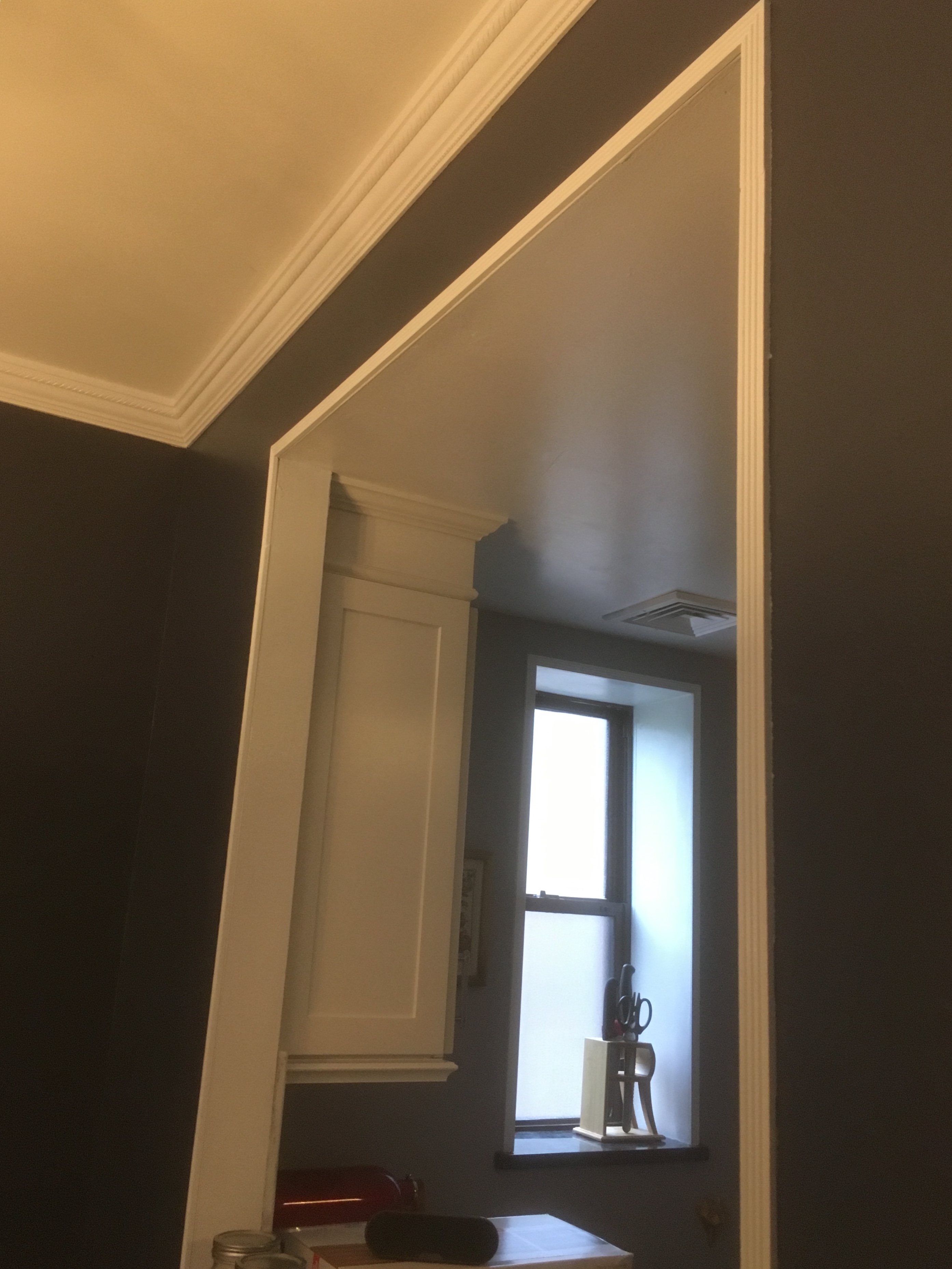I want to install a pot hanger in this pass through between my kitchen and dining room. The product came with some wood screw hooks, and I want to swap them for some threaded hooks and throw a nut on the other side of the header/top plate. Should I worry about any code things drilling through the header or mounting ~60 pounds of pots to it?


